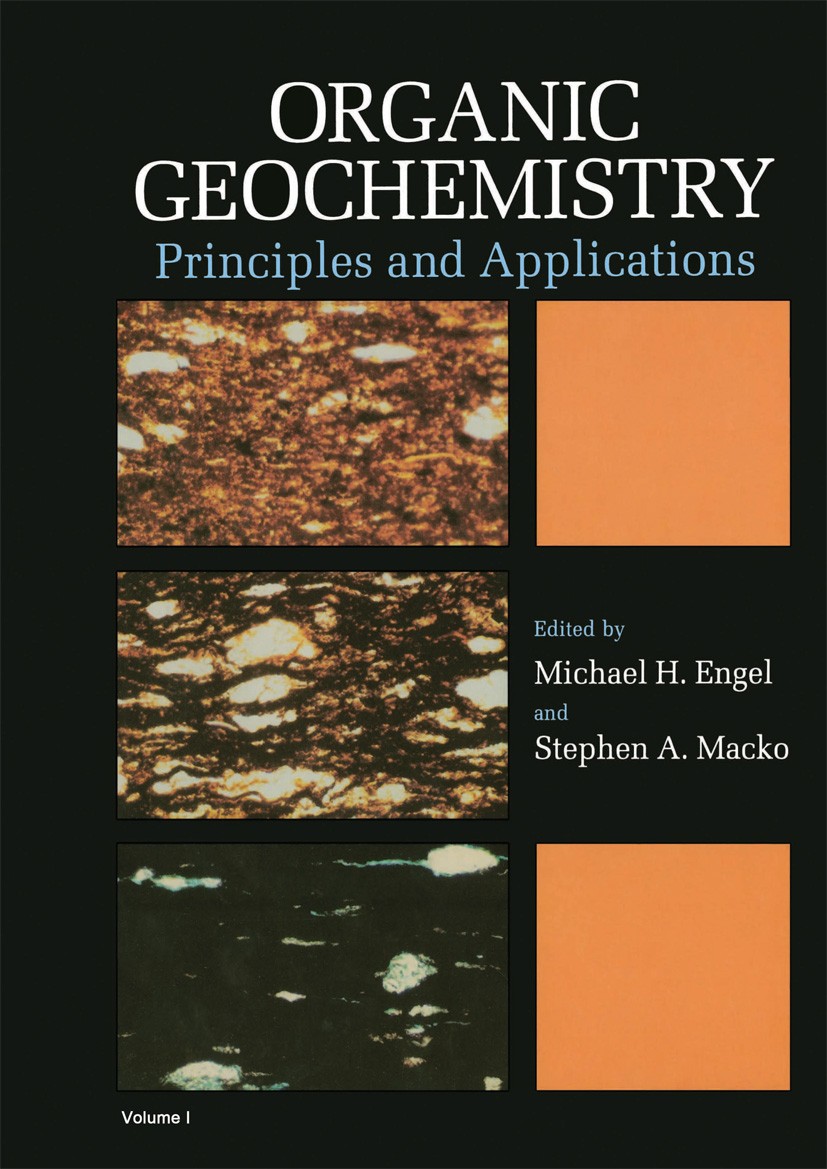Nitrogen stable isotope patterns in free and protein-bound amino acids of the anoxygenic phototroph, Rhodopseudomonas palustris
IF 2.5
3区 地球科学
Q2 GEOCHEMISTRY & GEOPHYSICS
引用次数: 0
Abstract
Compound-specific isotope analysis of amino acids (AAs) can reveal the sources and transformations of nitrogen in ecological and environmental studies. However, there is limited information on microbial patterns of 15N distributions in AAs and the intracellular biochemical processes that determine these patterns. This leads to gaps in understanding the underlying mechanisms that determine the 15N content of key N-containing biomarkers. Here we measured δ15N values of both free and protein-bound amino acids in metabolically flexible Rhodopseudomonas palustris grown photomixotrophically under anoxic conditions. Patterns of 15N distribution in protein-bound amino acids of R. palustris resemble aerobic phototrophs, implying these microbial groups may be indistinguishable in environmental samples. Intriguingly, free amino acids consistently are ca. 5 ‰ enriched in 15N relative to protein-bound amino acids; this pattern may provide a new window to understanding intracellular fractionating processes during metabolite recycling and protein synthesis.
无氧光养动物古红假单胞菌游离氨基酸和蛋白质结合氨基酸的氮稳定同位素模式
氨基酸的化合物特异性同位素分析可以揭示生态环境研究中氮的来源和转化。然而,关于15N在AAs中分布的微生物模式和决定这些模式的细胞内生化过程的信息有限。这导致对决定关键含氮生物标志物15N含量的潜在机制的理解存在空白。在这里,我们测量了缺氧条件下光养生长的代谢灵活的古红假单胞菌的游离氨基酸和蛋白质结合氨基酸的δ15N值。palustris的蛋白质结合氨基酸中15N的分布模式类似于需氧光养生物,这意味着这些微生物群在环境样品中可能难以区分。有趣的是,相对于蛋白质结合氨基酸,游离氨基酸在15N中始终富集约5‰;这种模式可能为理解代谢物循环和蛋白质合成过程中的细胞内分离过程提供了一个新的窗口。
本文章由计算机程序翻译,如有差异,请以英文原文为准。
求助全文
约1分钟内获得全文
求助全文
来源期刊

Organic Geochemistry
地学-地球化学与地球物理
CiteScore
5.50
自引率
6.70%
发文量
100
审稿时长
61 days
期刊介绍:
Organic Geochemistry serves as the only dedicated medium for the publication of peer-reviewed research on all phases of geochemistry in which organic compounds play a major role. The Editors welcome contributions covering a wide spectrum of subjects in the geosciences broadly based on organic chemistry (including molecular and isotopic geochemistry), and involving geology, biogeochemistry, environmental geochemistry, chemical oceanography and hydrology.
The scope of the journal includes research involving petroleum (including natural gas), coal, organic matter in the aqueous environment and recent sediments, organic-rich rocks and soils and the role of organics in the geochemical cycling of the elements.
Sedimentological, paleontological and organic petrographic studies will also be considered for publication, provided that they are geochemically oriented. Papers cover the full range of research activities in organic geochemistry, and include comprehensive review articles, technical communications, discussion/reply correspondence and short technical notes. Peer-reviews organised through three Chief Editors and a staff of Associate Editors, are conducted by well known, respected scientists from academia, government and industry. The journal also publishes reviews of books, announcements of important conferences and meetings and other matters of direct interest to the organic geochemical community.
 求助内容:
求助内容: 应助结果提醒方式:
应助结果提醒方式:


